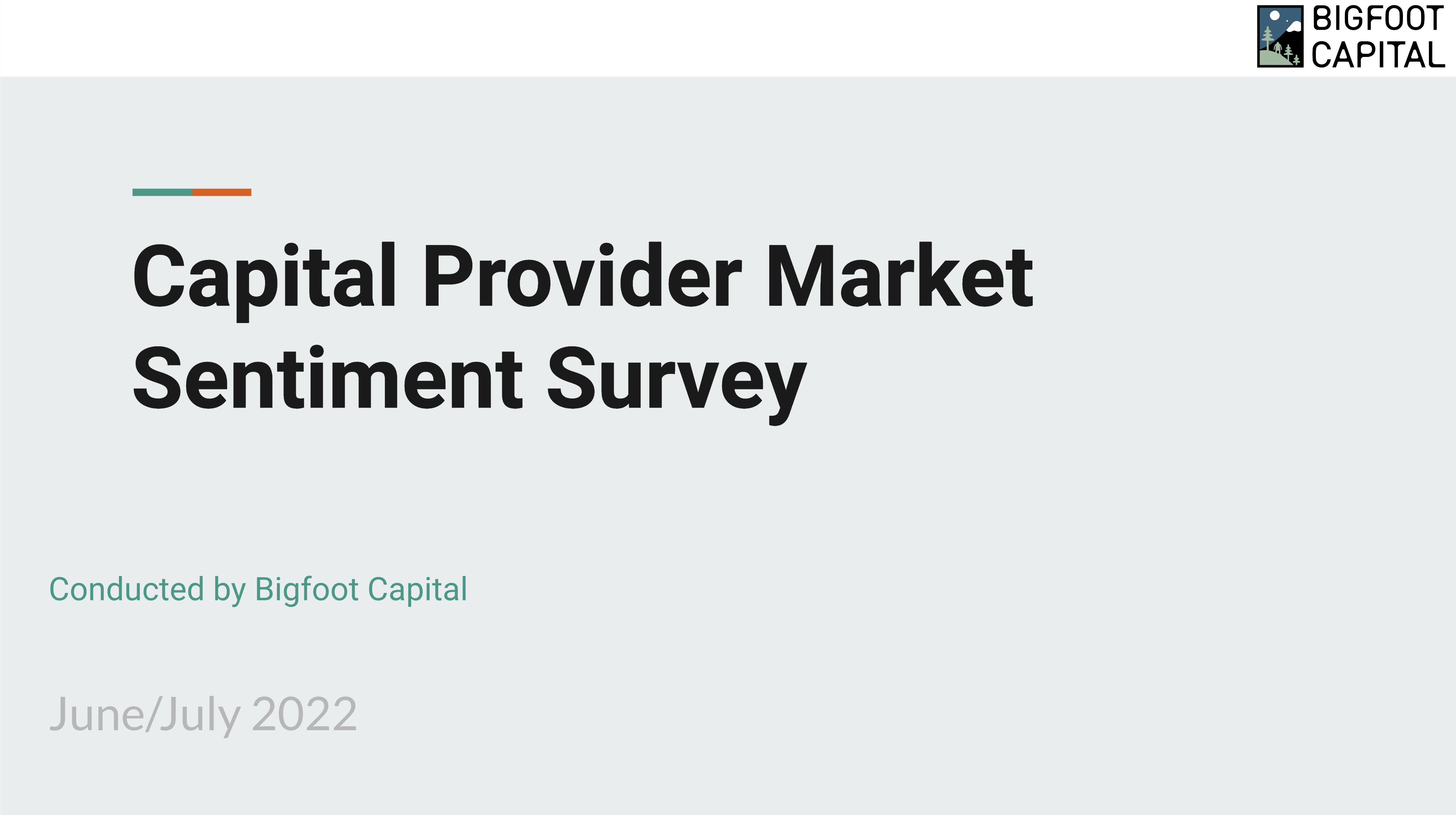
It’s easy to say you’re running a SaaS business, but are you really? It’s fine if you’re not pure SaaS, but thinking you are and passing yourself off as such can put you in jeopardy. Here are a few simple financial indicators that you may be stretching the truth on how SaaSy you really are.
1. Your revenue mix is comprised of too much one-time, non-recurring revenue.


What’s too much? Here’s what a SaaS revenue mix should look like:Per the 2016 Pacific Crest Private SaaS Company Survey, a comprehensive resource for benchmarking SaaS companies across stages, the median professional services revenue as a % of 1st-year annual contract value (ACV) is 16%, which they deem to be a minor role.
2. Your re-activation revenue is an outsized portion of your overall monthly recurring revenue (MRR).
MRR is comprised of five components:
- New MRR from new customers (bookings that you recognize as revenue over their term)
- Expansion MRR from existing customers (upsells that result in more revenue from an existing customer)
- Re-activation MRR from prior customers who previously churned and have come back to buy from you again
- Contraction MRR (downgrades from existing customers who have decided to pay you less) and
- Churned MRR (an existing customer that cancels their plan and stops paying you)
Re-activation MRR is the least common of these five components. If you have outsized (say greater than 2%) re-activation MRR, it likely means you have a short-term usage window for your product. That is, customers need your service in spurts (possibly seasonally, possibly based around events) and don’t really want to pay for it as an ongoing subscription. Thus, it’s not really a recurring subscription that is all that predictable. Now, you may not have the same customer acquisition cost to re-acquire these customers but they’re not really an annuity of SaaS revenue and your likelihood of being able to expand them is decreased.
3. Your gross margin is < 70%


Turning to Pacific Crest’s Survey again, we can see that the median gross margin from subscription (SaaS) revenue is 78%, this has remained constant since 2013.When it comes to professional services gross margin, the story is very different.A higher revenue mix of non-recurring, professional services revenue at approximately ⅓ of the gross margin of SaaS revenue substantially changes the financial profile of your business.
Why does all of this matter?
If you go out to raise capital conveying that you’re a SaaS company and your financials/metrics don’t support that story, you’re likely going to be disappointed. You still may be able to raise capital but the valuation will not live up to your expectations. If you’re not SaaSy enough, you will not get a SaaS valuation multiple, period. It’s better to recognize and prepare for that upfront, so you can go to market with the appropriate positioning to the appropriate set of potential capital providers. Otherwise, you run the risk of not completing a successful capital raise.
In SaaS, how quickly and efficiently you can grow your recurring revenue directly determines your valuation. That’s why we’ve created a
60-Month Growth and Value Creation Model
that you can utilize to plan for growth. Hop in the model, follow the instructions on how to customize, and have at it. To take a deeper dive into the model, how it works, and why you should use it,








